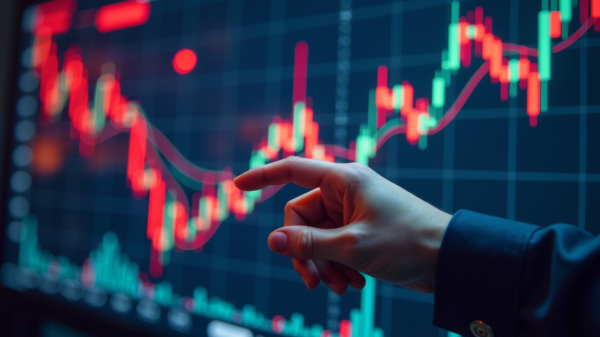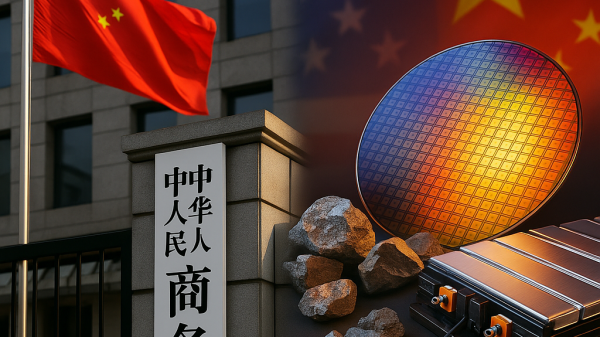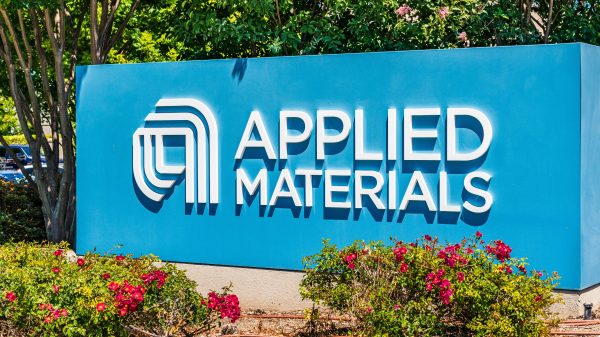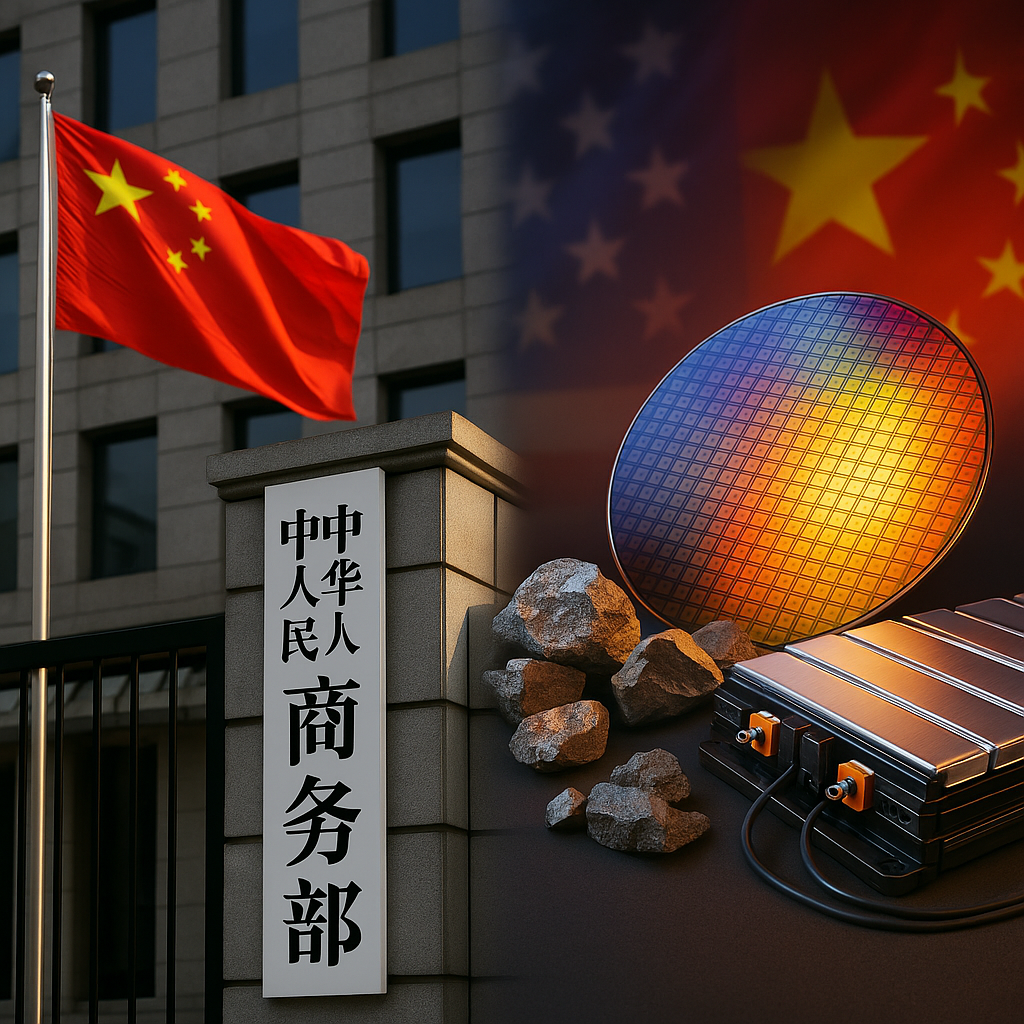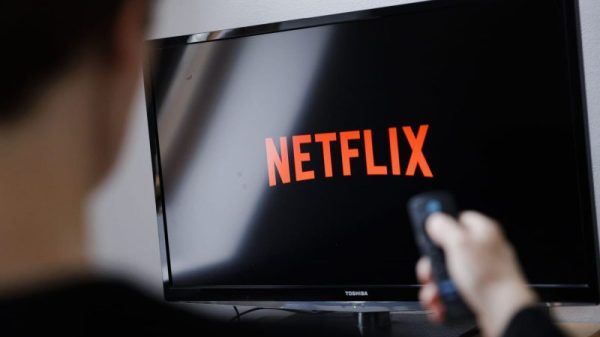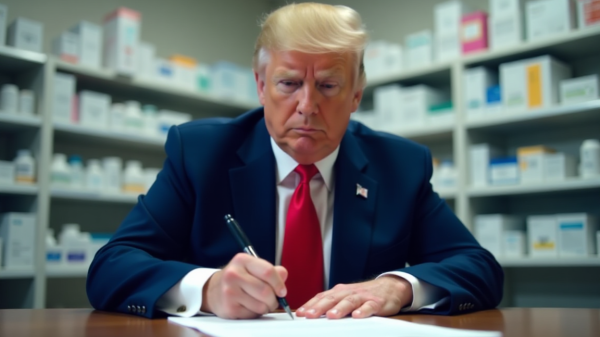China has suspended export restrictions on rare earth minerals and advanced semiconductor materials, delivering a major relief to American tech companies and electric vehicle manufacturers facing severe supply pressures.
The Ministry of Commerce announced on Sunday that it would pause bans on gallium, germanium, antimony, and synthetic diamonds until November 2026, marking a significant reversal of restrictions imposed in December 2024.
Simultaneously, Beijing suspended earlier October controls on rare earth processing equipment and lithium battery materials.
The move follows a landmark meeting between President Donald Trump and Chinese President Xi Jinping in Busan, South Korea, on October 30, where both leaders agreed to a one-year trade truce and committed to easing their escalating tech war.
Understanding what Beijing’s mineral restrictions actually blocked
For nearly a year, China’s export ban on gallium and germanium created genuine havoc for American semiconductor makers. These aren’t niche materials.
Gallium powers everything from iPhones to AI data center chips, while germanium enables fiber optic cables and infrared technology crucial for military applications.
Antimony fuels rechargeable batteries in electric vehicles and ammunition production.
The restrictions effectively handed China leverage over Washington’s most strategically important industries during a critical moment for artificial intelligence infrastructure buildout.
The December 2024 restrictions came explicitly as retaliation for Washington’s expanded semiconductor export controls targeting China’s access to advanced memory chips.
When China first slapped the export ban, the US Geological Survey estimated it would cost the American economy roughly $3.4 billion annually, with semiconductor manufacturers absorbing about half that damage.
For companies like Intel, Qualcomm, and Texas Instruments, sourcing these materials became a nightmare of alternative suppliers, higher costs, and unpredictable availability.
Beijing’s October restrictions threatened even broader damage.
They targeted rare earth processing technologies and lithium battery materials, goods so fundamental that foreign suppliers needed government approval to export products containing even 0.1 percent Chinese rare earths.
Had these measures proceeded unchecked, they would have crippled clean energy supply chains globally.
Market optimism tempered by historical wariness
Wall Street welcomed Beijing’s announcement, viewing it as proof that the trade truce isn’t another false start.
Tech stocks rallied on the news, with semiconductor-dependent companies seeing potential relief from years of disruption uncertainty.
Electric vehicle manufacturers like Tesla and battery producers now face better supply visibility for critical inputs they’ve sourced at premium prices during the shortage.
Yet investors remain cautious. Previous US-China negotiations have collapsed spectacularly, and this suspension expires in one year.
More significantly, Washington hasn’t lifted its restrictions on advanced semiconductor manufacturing equipment or Nvidia’s cutting-edge AI chips.
Trump clarified that any semiconductor agreement explicitly excludes Blackwell chips. Trump’s threatened 300 percent tariff on imported semiconductors also looms as a potential reversal point.
Market observers stress this represents a temporary “freeze” rather than a comprehensive solution. The structural tech competition driving both countries’ restrictions persists unchanged.
Yet for supply chain managers who’ve endured months of disruption, even a year of stability represents a welcome reprieve.
The post China lifts curbs on minerals powering chips and EVs to US amid trade truce appeared first on Invezz

